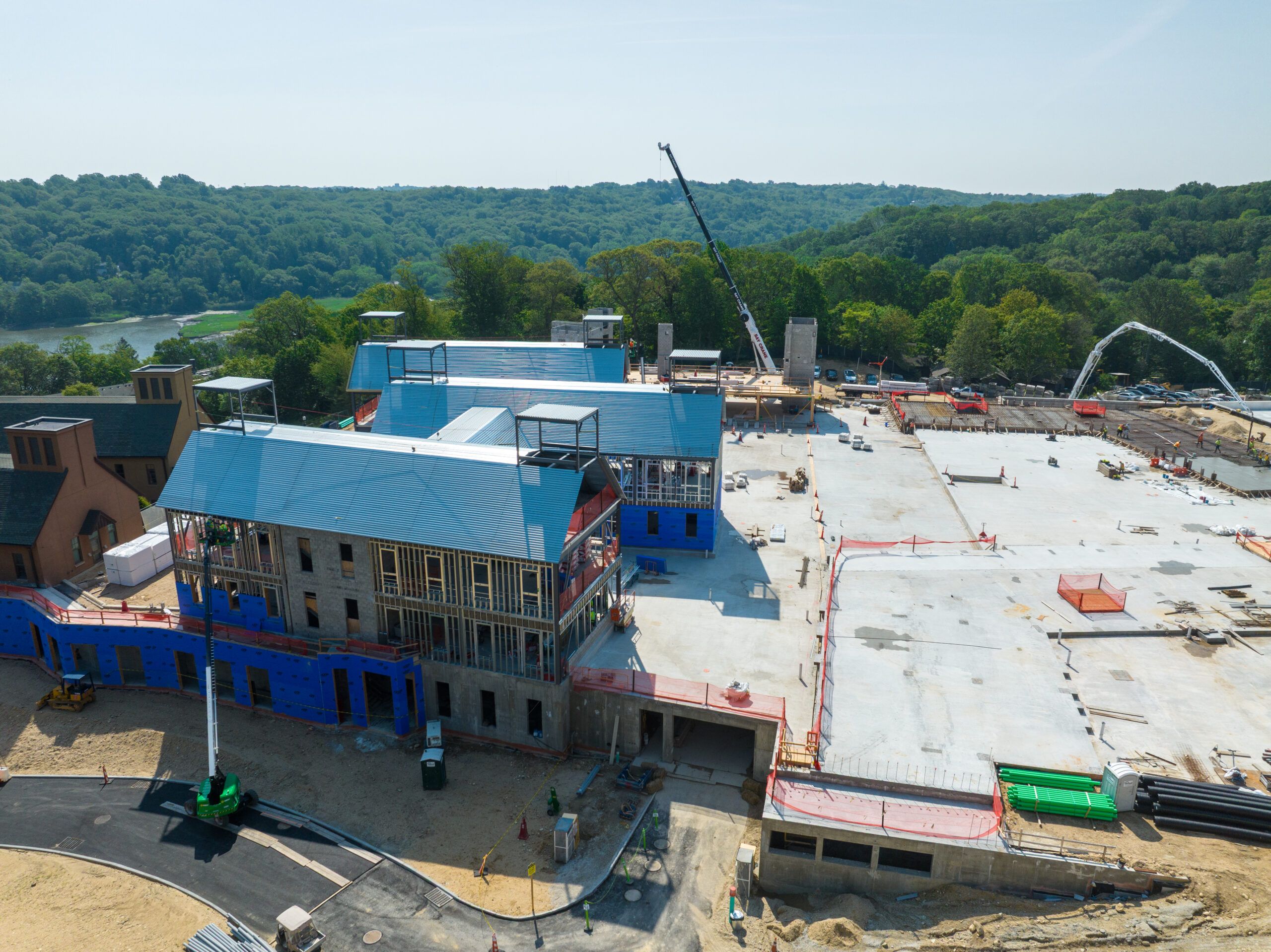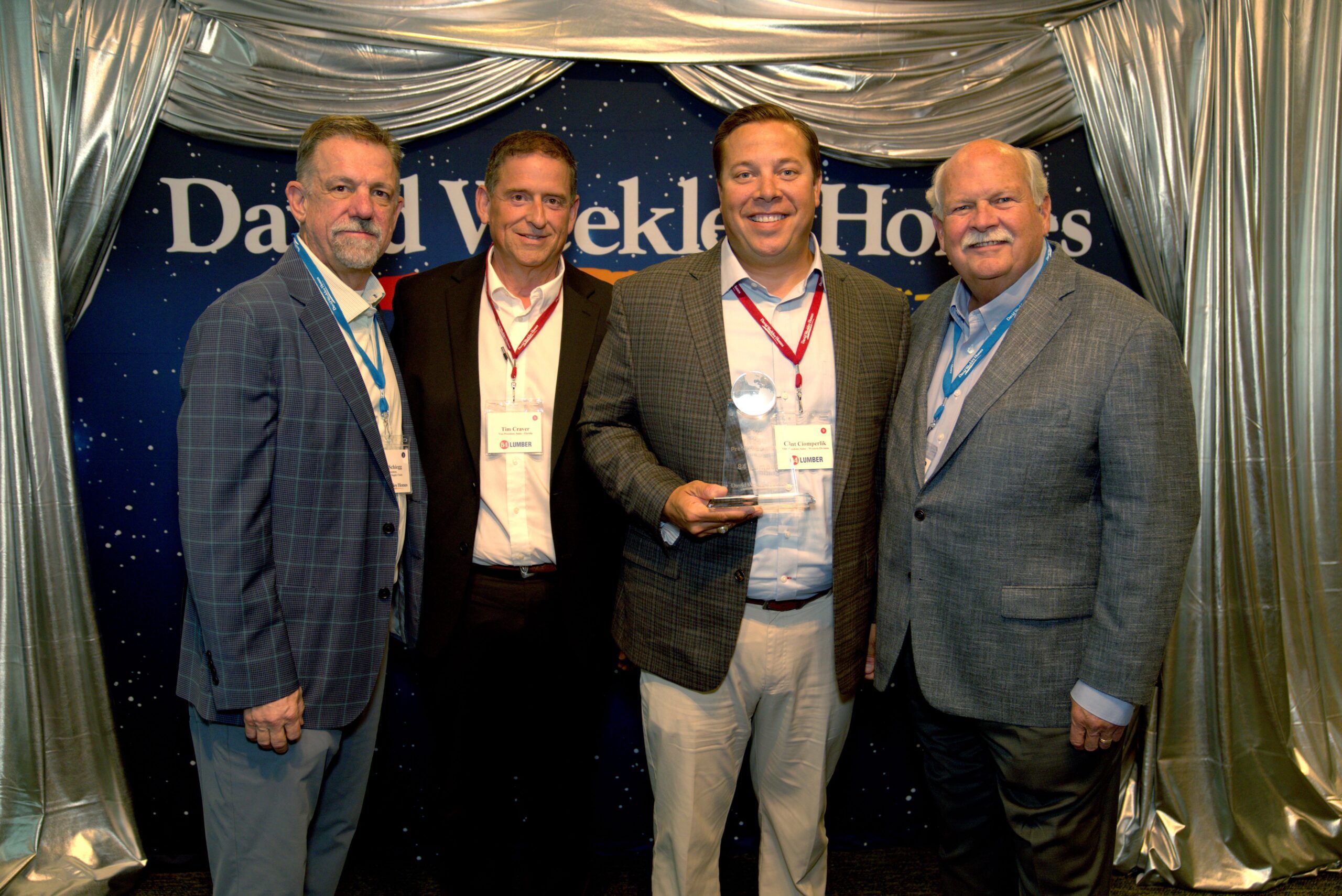A comfortable home environment depends on more than just temperature control—it also relies on proper ventilation to maintain healthy air quality and balanced humidity. Many homeowners overlook the importance of a well-designed ventilation system until problems like mold, musty odors, or poor indoor air quality arise.
Ventilation systems work hand in hand with heating and cooling units to regulate airflow, remove pollutants, and ensure consistent comfort throughout the home. Without proper ventilation, your HVAC system may work harder than necessary, leading to inefficiencies and increased energy costs.
We will explore how HVAC contractors are critical in designing, installing, and maintaining home ventilation systems to protect indoor air quality and improve energy efficiency. By understanding their role, homeowners can make more informed decisions about their home’s overall HVAC strategy and health.
What does a HVAC contractor do?
- Assessing Ventilation Needs and Customizing Solutions
One of the primary responsibilities of an HVAC contractor is evaluating a home’s unique ventilation needs. No two homes are exactly alike in size, layout, insulation, or occupancy patterns, which means a one-size-fits-all approach won’t work when it comes to ventilation. An HVAC contractor begins by thoroughly assessing existing airflow, identifying areas of poor ventilation or excess moisture buildup.
This evaluation may include testing for air leaks, measuring airflow rates, and inspecting attic or crawl space ventilation. With this data, the contractor can recommend tailored solutions such as mechanical ventilation systems, exhaust fans, or heat recovery ventilators to improve indoor air quality. During this process, the contractor ensures that any recommended upgrades integrate seamlessly with the home’s heating and cooling system.
A well-executed plan addresses comfort issues and prevents long-term problems like mold growth or structural damage caused by trapped moisture. In regions where humidity levels fluctuate, like the Gulf Coast, working with a contractor familiar with local conditions is invaluable for balancing ventilation and comfort.
- Integrating Ventilation with Heating and Cooling Systems
Beyond evaluating needs, HVAC contractors also handle the technical integration of ventilation with heating and cooling equipment. A home’s ventilation system must work with its HVAC units to avoid energy loss or inconsistent performance. During installation or upgrades, contractors ensure ductwork is properly sized and sealed, reducing the risk of air leaks or uneven airflow distribution. This integration is critical in modern homes designed for energy efficiency, where airtight construction can inadvertently trap pollutants indoors without adequate ventilation.
Contractors may also recommend energy recovery ventilators (ERVs) or heat recovery ventilators (HRVs) that exchange stale indoor air with fresh outdoor air while minimizing heat loss. This balance improves indoor air quality without sacrificing energy efficiency. Homeowners who partner with Air & Energy of NWFL often discover additional benefits from professional ventilation planning, including improved humidity control and reduced strain on heating and cooling equipment. By aligning ventilation systems with HVAC components, contractors create a cohesive solution supporting health and comfort over the long term.
- Maintaining Ventilation System Performance
Maintaining a home’s ventilation system is just as important as installing it correctly. HVAC contractors offer ongoing maintenance services to optimally preserve fans, ducts, and air exchangers. Over time, dust, debris, and moisture can accumulate in ventilation components, reducing airflow and allowing contaminants to circulate indoors. Regular maintenance visits include cleaning ductwork, replacing filters, and testing airflow to confirm the system’s performance aligns with its original specifications.
Without this upkeep, homeowners may experience declining indoor air quality or increased utility bills as their system becomes less efficient. Contractors also monitor the condition of ventilation fans, motors, and dampers, replacing worn parts before they lead to breakdowns. In homes with mechanical ventilation or balanced systems, seasonal maintenance ensures the system responds appropriately to weather changes, preventing humidity issues in summer or dry air in winter.
Maintenance appointments allow contractors to educate homeowners on adjusting settings or using ventilation features effectively. By investing in ongoing care, homeowners can extend the life of their ventilation system and avoid costly repairs down the line.
Building Healthier, More Efficient Homes
The role of an HVAC contractor in home ventilation systems goes far beyond installing equipment—it encompasses evaluating airflow needs, integrating components with heating and cooling, and providing ongoing maintenance. A well-designed ventilation system is essential for maintaining healthy indoor air, regulating humidity, and supporting overall energy efficiency.
By working with a qualified contractor, homeowners gain peace of mind knowing their home is adequately ventilated and their HVAC system is operating as intended. Whether building a new home or upgrading an existing system, professional guidance ensures ventilation choices align with the home’s unique characteristics and the local climate.
Partnering with an HVAC contractor to address ventilation needs is a smart investment for homeowners concerned about air quality, moisture control, or energy savings. As homes are built tighter and more energy-efficient, the need for intentional ventilation design will only grow. Choosing a contractor who prioritizes ventilation as part of the broader HVAC strategy is key to creating a comfortable, healthy living environment that stands the test of time.











